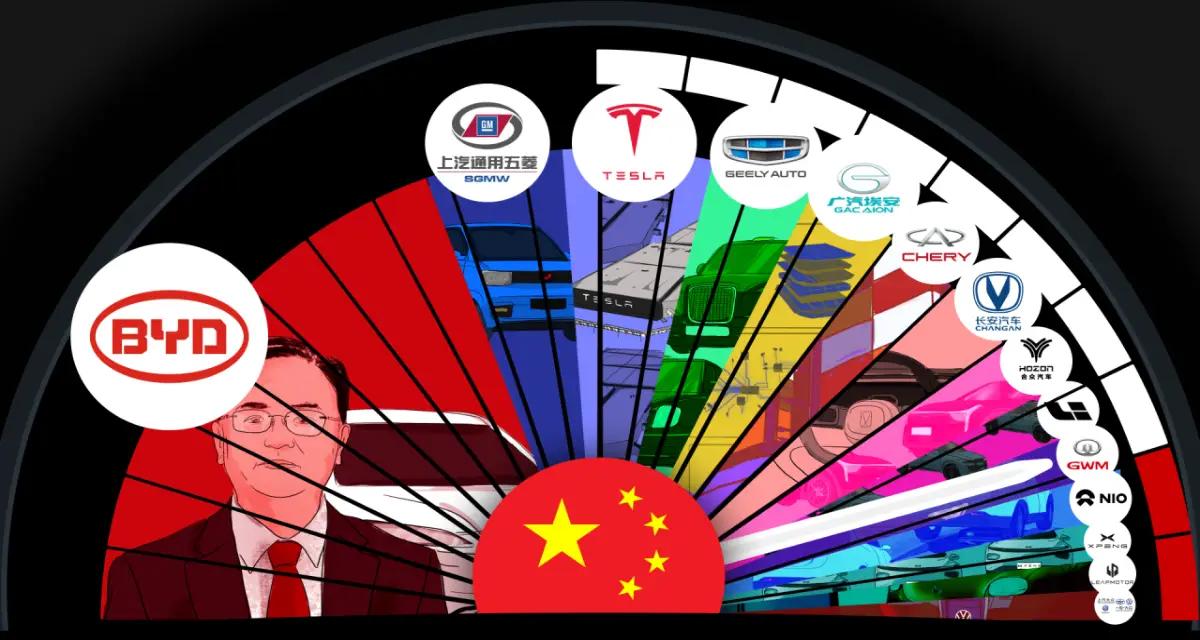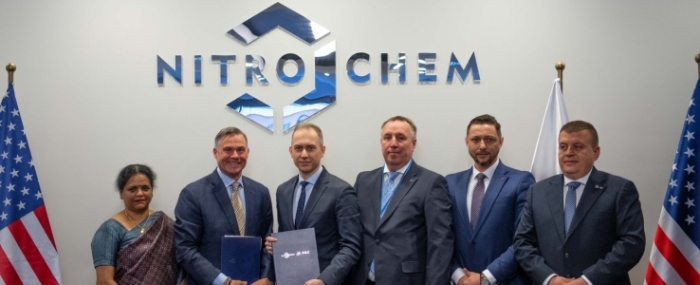The Chinese Automotive Landscape: Challenges For BMW, Porsche And More

Table of Contents
Intense Competition in the Chinese Automotive Market
The Chinese automotive landscape is fiercely competitive, a battleground dominated not only by established international players but increasingly by powerful domestic brands.
The Rise of Domestic Brands
Chinese automakers like BYD, Nio, and Xpeng are rapidly gaining market share, posing a serious threat to established players. Their success is fueled by technological advancements and aggressive pricing strategies.
- Successful EV models: BYD's Han and Tang EVs, Nio's ET7, and Xpeng's P7 showcase impressive technology and design.
- Innovative features: Advanced driver-assistance systems (ADAS), large touchscreens with advanced infotainment, and over-the-air updates are standard features, often exceeding those offered by international competitors.
- Competitive pricing: Domestic brands offer compelling value propositions, often undercutting international competitors on price while offering comparable, or even superior, features.
Market share data reveals a dramatic shift. Domestic brands are consistently increasing their share of the overall market, particularly within the rapidly growing Electric Vehicle (EV) segment. This signifies a significant challenge for international brands reliant on traditional combustion engine vehicles.
Global Competition Intensifies
The Chinese automotive landscape isn't just a battle between domestic and international players; it's a global free-for-all. Major international automakers like Volkswagen, Toyota, and General Motors are all heavily invested in the Chinese market, engaging in fierce competition for market share.
- Major competitors: Volkswagen, Toyota, General Motors, Ford, and many others all compete aggressively in the Chinese market.
- Competitive strategies: These companies employ a range of strategies, from aggressive pricing and localized production to targeted marketing campaigns emphasizing specific consumer segments.
- Brand positioning: Establishing a strong brand image and resonating with Chinese consumers is paramount, demanding nuanced understanding of local preferences and cultural nuances. Price wars and marketing battles are commonplace.
This intense competition necessitates a high degree of agility and innovation for any automaker hoping to thrive in China.
Evolving Consumer Preferences in China
Understanding the evolving preferences of Chinese consumers is crucial for success in the Chinese automotive landscape.
The Shift Towards Electric Vehicles (EVs)
China is leading the global transition to electric vehicles. Government incentives, burgeoning charging infrastructure, and growing environmental awareness are driving rapid EV adoption.
- Government incentives: Subsidies and tax breaks significantly reduce the cost of purchasing EVs.
- Charging infrastructure: A rapidly expanding network of charging stations is addressing range anxiety, a major barrier to EV adoption.
- Consumer demand: Chinese consumers increasingly prioritize eco-friendly vehicles, contributing to the explosive growth of the EV market.
This rapid shift presents a significant challenge for traditional automakers who are now racing to electrify their offerings and adapt to the changing technological landscape. The transition requires massive investment in R&D, manufacturing facilities, and supply chains optimized for electric powertrains.
Focus on Technology and Connectivity
Chinese consumers place a high value on technology and connectivity. Advanced features are no longer luxuries but expectations.
- High-demand features: ADAS features like lane keeping assist, adaptive cruise control, and automated parking are highly sought after. Sophisticated infotainment systems with large touchscreens and seamless smartphone integration are also crucial.
- Impact of technology: The level of technological sophistication significantly impacts brand loyalty and customer satisfaction. Consumers expect cutting-edge technology, continuous software updates, and a connected driving experience.
Navigating Stringent Regulations and Policies
The Chinese automotive landscape is shaped by stringent government regulations and policies.
Environmental Regulations and Emission Standards
China has implemented increasingly strict emission standards, pushing automakers to develop cleaner and more fuel-efficient vehicles.
- Emission standards: China's emission standards are becoming increasingly stringent, pushing automakers to adopt advanced emission control technologies.
- Compliance costs: Meeting these standards necessitates significant investments in R&D and manufacturing, adding to the overall cost of vehicle production.
Non-compliance can lead to hefty fines and market restrictions, making adherence to these regulations critical for survival.
Government Policies and Trade Restrictions
Government policies significantly influence market access, investment, and import/export regulations within the Chinese automotive landscape.
- Impact of policies: Policies related to foreign investment, local content requirements, and import tariffs directly impact the profitability and competitiveness of international automakers.
- Navigating regulations: Understanding and effectively navigating these complex regulatory environments requires specialized expertise and strategic partnerships with local entities.
Localization Strategies for Success in China
Successfully navigating the Chinese automotive landscape requires a focused localization strategy.
Tailoring Products and Services to the Chinese Market
Understanding and catering to the unique needs and preferences of Chinese consumers is paramount.
- Successful localization examples: Adapting vehicle designs to suit local tastes, offering tailored financing options, and providing exceptional after-sales service are key elements of a successful strategy.
- Cultural considerations: Cultural nuances play a significant role in product development and marketing.
Building Strong Local Partnerships
Collaborating with local suppliers, distributors, and government agencies is crucial for navigating the complexities of the Chinese market.
- Successful partnerships: Joint ventures and strategic alliances can provide access to local expertise, distribution networks, and government support.
- Benefits of partnerships: These partnerships can mitigate risks, reduce costs, and enhance market penetration.
Charting a Course Through the Chinese Automotive Landscape
The Chinese automotive landscape presents significant challenges for international automakers like BMW and Porsche: intense competition from domestic brands, evolving consumer preferences emphasizing EVs and technology, stringent regulations, and the necessity for deep localization. Successfully navigating this complex market demands a strategic approach that prioritizes adaptation, innovation, and strong local partnerships. Understanding the intricacies of this dynamic environment, particularly the rapid adoption of EVs and evolving government policies, is crucial for long-term success. To further your understanding, we recommend exploring in-depth reports on China's EV market and the country's automotive regulations. Mastering the Chinese automotive landscape requires continuous learning and adaptation; the rewards, however, are substantial for those who can successfully navigate this complex but lucrative market.

Featured Posts
-
 Wildest Oscars After Party Outfits Ciara Leads The Fashion Charge
May 06, 2025
Wildest Oscars After Party Outfits Ciara Leads The Fashion Charge
May 06, 2025 -
 Sam Altman Vs Elon Musk The Race To Build The Ultimate Everything App
May 06, 2025
Sam Altman Vs Elon Musk The Race To Build The Ultimate Everything App
May 06, 2025 -
 A Year And A Half Later Stream Colman Domingos Critically Acclaimed A24 Movie
May 06, 2025
A Year And A Half Later Stream Colman Domingos Critically Acclaimed A24 Movie
May 06, 2025 -
 11 Unforgettable Met Gala Moments Kim Kardashians Red Carpet Style
May 06, 2025
11 Unforgettable Met Gala Moments Kim Kardashians Red Carpet Style
May 06, 2025 -
 Trotyl Polski Nitro Chem I Jego Wiodaca Pozycja Na Rynku Europejskim
May 06, 2025
Trotyl Polski Nitro Chem I Jego Wiodaca Pozycja Na Rynku Europejskim
May 06, 2025
